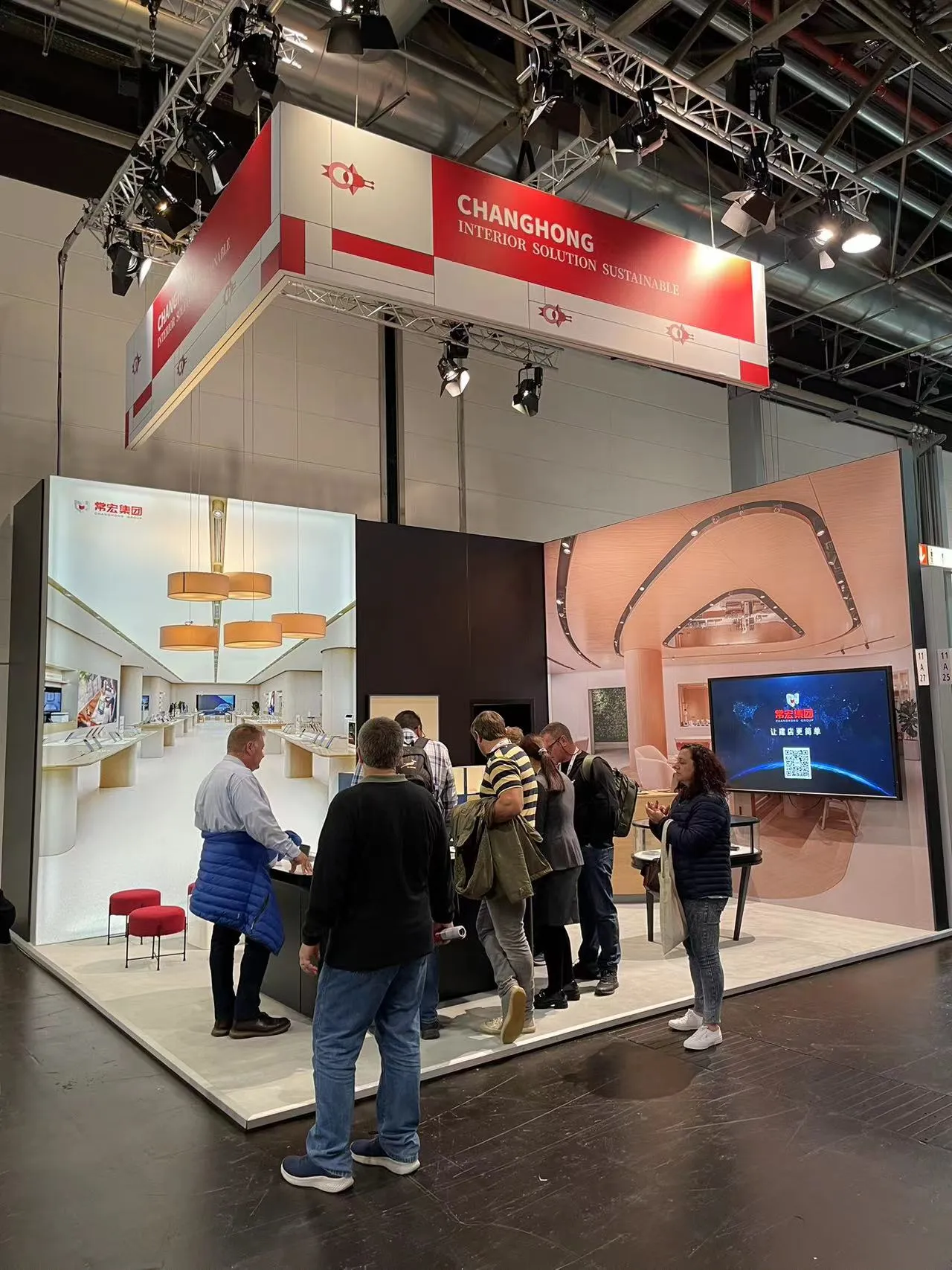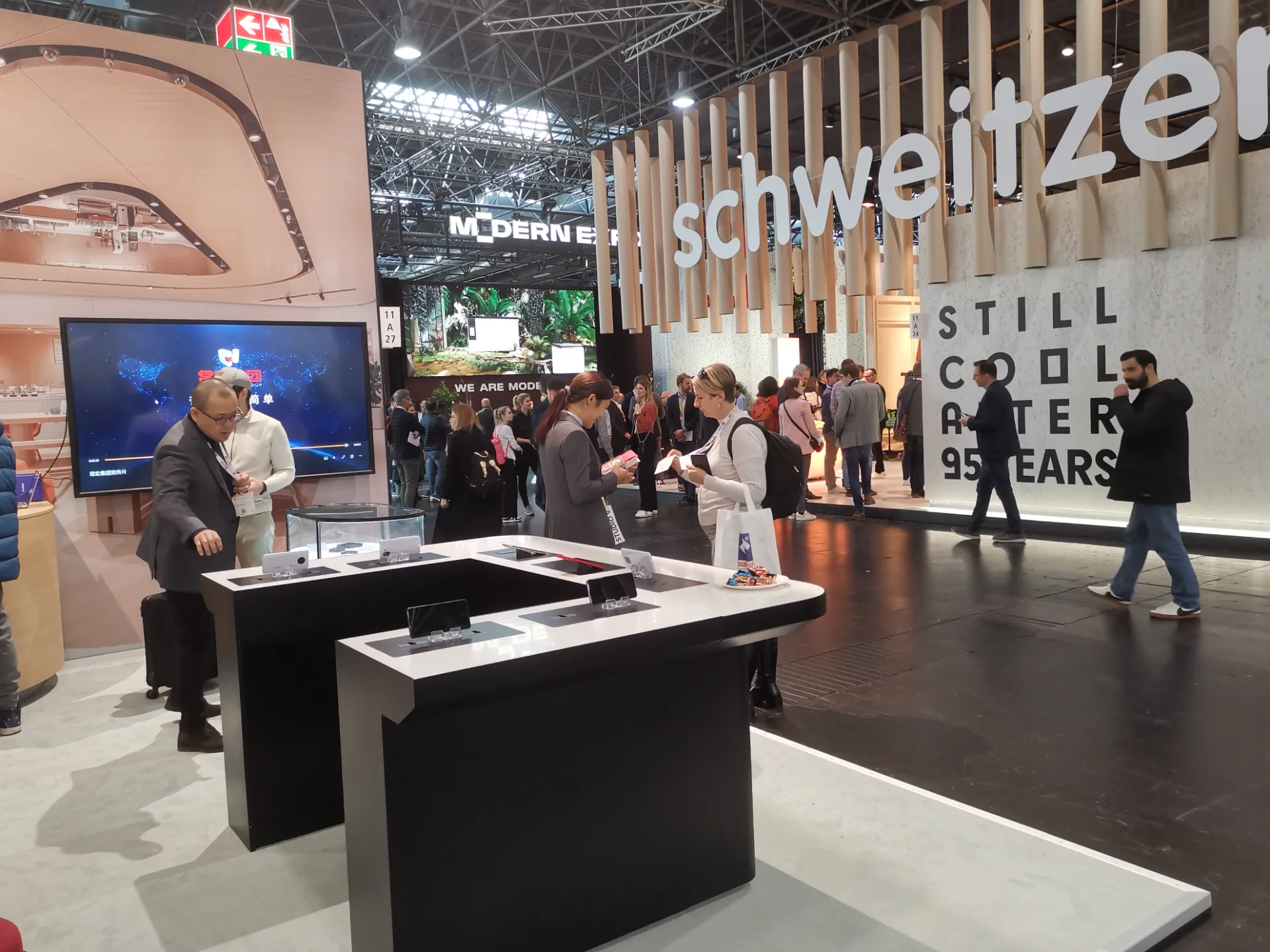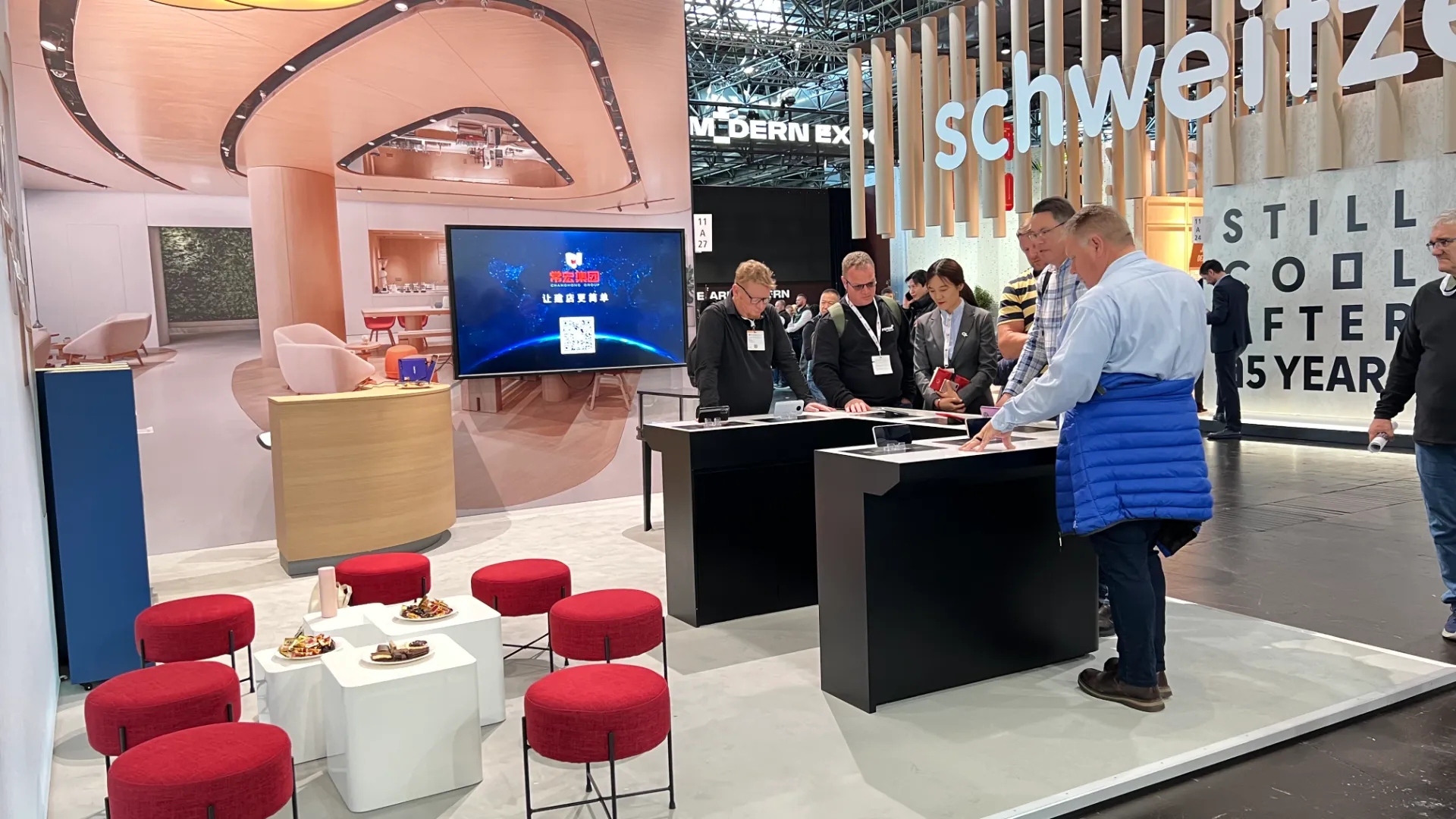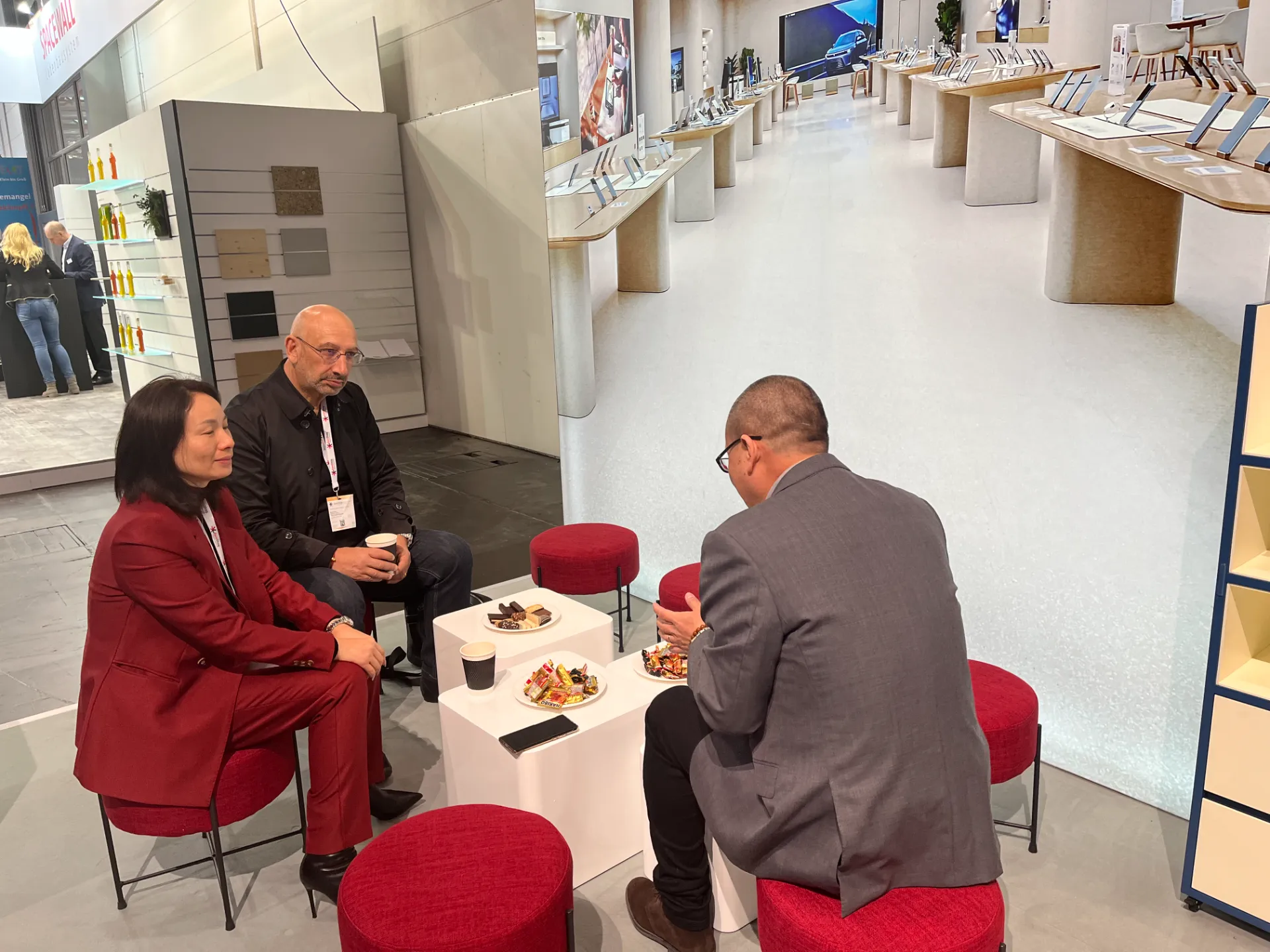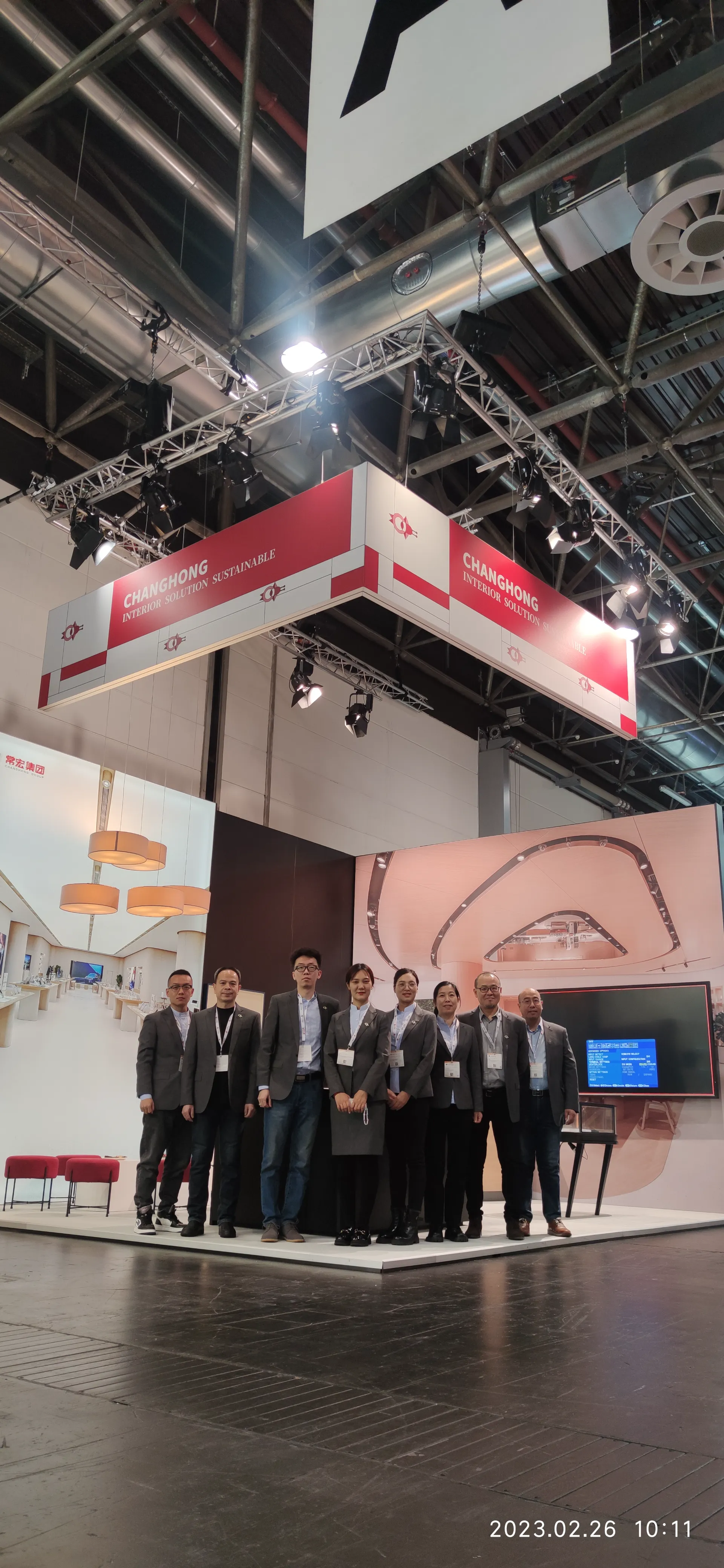Nov . 23, 2025 21:30 Back to list
Premium Store Display Fixtures - Durable & Sustainable Retail Solutions
Understanding Store Display Fixtures: Why They Matter on a Global Scale
Ever wandered through a store and marveled at how effortlessly products catch your eye? Well, that’s often thanks to store display fixtures. They’re the unsung heroes shaping both shopper experience and retailer success worldwide. Beyond mere shelves or racks, these fixtures influence everything from brand perception to sales tactics. Grasping their importance isn’t just beneficial for retailers but also for supply chains, manufacturers, and even humanitarian organizations operating in commercial zones.
Setting the Stage: Store Display Fixtures in a Global Context
According to the United Nations’ World Urbanization Prospects, over 56% of the world’s population now live in urban centers, naturally driving the demand for efficient retail environments — and by extension, smart store display fixtures. These fixtures aren’t static elements; their design adapts to cultural preferences, shopping habits, and even climate conditions. Yet, despite advancements, many retailers face the challenge of optimizing in-store visibility while controlling costs and sustainability.
For example, in Asia-Pacific—the fastest retail growth region—the adoption of modular and lightweight fixtures is surging to meet rapid urban expansion and shortened product cycles. Meanwhile, Europe pushes environmental standards for these fixtures, aligned with ISO sustainability practices. It’s fascinating how a simple display fixture is caught in the middle of global commerce, consumer psychology, and emerging green policies.
Mini takeaway: The demand for smarter, adaptable store display fixtures spans continents and commerce sectors, playing a vital role in retail evolution and environmental responsibility.
What Exactly Are Store Display Fixtures?
At its core, a store display fixture is any physical component used to exhibit products inside a retail space. Think shelves, gondolas, mannequins, pegboards, counters, and multimedia stands. Beyond just “holding products,” these fixtures craft customer journeys, influence purchasing decisions, and provide brand storytelling platforms.
Oddly enough, their relevance isn't limited to retail giants. Humanitarian organizations use adaptable fixtures in temporary supply points, ensuring items like medical supplies or relief kits are accessible yet organized. They become bridges linking commercial efficiency to critical emergency response.
Mini takeaway: Store display fixtures are versatile, practical elements that blend form with function—far from static, they are integral to both commerce and humanitarian logistics.
Core Components That Make Store Display Fixtures Tick
1. Durability
Fixtures must endure constant handling, stocking, and sometimes harsh environments. Materials like steel, aluminum, and specially treated woods are common. Over time, this resilience ensures safety for customers and longevity for retailers.
2. Scalability & Modularity
Being able to reconfigure a fixture quickly is a huge plus—whether for store remodels or seasonal promotions. Modular designs allow retailers to “mix and match” components without replacing entire units.
3. Cost Efficiency
There’s always a balance between quality and cost. Many suppliers now offer options that suit both large chains and smaller boutiques. High upfront investment in robust fixtures often translates to long-term savings on repairs and replacements.
4. Aesthetics & Brand Alignment
It’s not just about utility. Fixtures convey brand message and ambiance—from minimalist high-tech to rustic charm. Manufacturers often work closely with brands to deliver bespoke designs.
5. Sustainability
Increasingly, eco-friendly materials and processes like recycled metals or biodegradable plastics are shaping fixture production, contributing to reduced retail carbon footprints.
Mini takeaway: Behind every store display fixture is an interplay of strength, flexibility, cost management, design sensibility, and growing environmental awareness.
Global Applications and Real-World Examples
Across different regions and industries, store display fixtures adapt to various needs. In North America, electronics retailers like Best Buy use high-tech, lockable fixtures integrated with digital screens to showcase products securely. In developing economies, small open-air markets rely on lightweight, portable fixtures to create organized stalls that can withstand frequent relocation.
Oddly enough, these fixtures have even found uses in post-disaster relief settings. For instance, after the 2015 Nepal earthquake, NGOs set up temporary supply points where robust but movable display fixtures helped organize relief goods efficiently, making it easier for affected communities to access essentials.
Industries ranging from fashion and food to pharmaceuticals rely heavily on these fixtures to create trust and clarity in how products are presented. With online shopping rising, physical retail spaces invest more in unique fixture designs to enhance experiential shopping.
Product Specifications of a Typical Medium-Duty Store Display Fixture
| Feature | Specification |
|---|---|
| Material | Powder-coated steel frame with tempered glass shelves |
| Dimensions | 180 cm (H) x 90 cm (W) x 45 cm (D) |
| Load Capacity | Up to 50 kg per shelf |
| Finish Options | Matte black, silver, custom brand colors |
| Assembly | Tool-free snap-fit modular components |
| Sustainability | Made from 60% recycled material; 100% recyclable |
Comparing Leading Vendors of Store Display Fixtures
| Vendor | Product Range | Customization | Sustainability Rating | Price Level |
|---|---|---|---|---|
| DisplayPro Solutions | Wide — from budget racks to luxury displays | High — design studio included | A (ISO-certified) | Medium–High |
| Urban Fixture Co. | Focused on modular and lightweight options | Medium — templates with custom branding | B+ | Medium |
| Eco-Displays Ltd. | Specializes in recycled material fixtures | Low — standard models only | A++ (Highly sustainable) | Medium–High |
Why Investing in Quality Display Fixtures Pays Off
Apart from enhancing customer engagement, quality store display fixtures reduce maintenance costs and waste. Retailers often mention that a well-designed fixture creates a “trustworthy” vibe, nudging shoppers toward purchase even subconsciously. From a sustainability standpoint, investing in recyclable, modular units aligns with corporate social responsibility goals, often mandated by international frameworks like the ISO 14000 family of environmental management standards.
Emotionally, a sturdy, clean fixture suggests care — for the product and the customer. Socially, it can support local manufacturers if sourced wisely, thus creating positive ripple effects beyond mere shelves. I suppose in some ways, it’s a small but visible representation of how serious a business is about its values.
Mini takeaway: The advantages of top-tier store display fixtures ripple beyond retail margins, touching environmental and social ethics.
Emerging Trends Shaping the Future of Store Display Fixtures
Looking ahead, digital transformation is a game-changer. Think fixtures integrated with smart lighting, interactive screens displaying product info, or RFID tracking for inventory management. This tech infusion also blends with sustainability — solar-powered displays or biodegradable components are already in prototype stages.
Automation, such as robotic assembly or adaptive shelving that adjusts to products’ sizes automatically, is no longer sci-fi but a near-term reality in high-end retail.
Plus, the “green retail revolution” means policies worldwide increasingly demand sustainable material sourcing and lifecycle planning for store fixtures, nudging the industry toward innovative eco-designs that I found quite promising.
Tackling Common Challenges in Display Fixture Use
We've all seen stores where fixtures end up cluttered or broken — this isn’t just bad luck but often due to poor planning or substandard materials. Durability vs. cost plays a tricky balancing act. Also, fitting fixtures into odd or evolving store layouts can be frustrating.
Yet, many experts point to modular, customizable designs as the solution—allowing stores to adapt layouts seasonally without heavy reinvestment. There is also a push for standardized testing certifications to ensure safety and longevity. So, keep an eye out for ISO or similar marks when selecting fixtures!
Frequently Asked Questions About Store Display Fixtures
- Q1: What factors should I consider when choosing store display fixtures?
- A focused look at durability, scaling needs, aesthetic alignment with your brand, and sustainability credentials should guide your choice. Don’t overlook ease of assembly and maintenance too.
- Q2: How can I ensure my fixtures comply with environmental standards?
- Look for vendors certified under ISO 14000 series or equivalent sustainability programs. Request material origin and recycling data to verify claims.
- Q3: Are modular display fixtures cost-effective for small businesses?
- Absolutely. Modular units provide flexibility and reduce the need to buy new fixtures for every setup change, saving money in the long run.
- Q4: How do digital elements enhance traditional display fixtures?
- Adding interactive lighting, screens, or RFID tech helps engage customers, improve product info access, and streamline inventory — boosting sales and shopper satisfaction.
- Q5: Can store display fixtures be customized quickly for promotions?
- Yes, many modern fixtures offer snap-fit, tool-free assembly options designed specifically to cater to seasonal or campaign needs.
Final Thoughts and Next Steps
When you really think about it, store display fixtures are a fascinating blend of industrial design, psychology, and sustainability. They influence not only how products are perceived but also how businesses adapt to changing markets and responsibilities. From urban megastores to temporary humanitarian supply points, these fixtures maintain a surprisingly vital role.
If you’re ready to explore quality fixtures that match your needs and values — whether modular, sustainable, or tech-enhanced — visit our website at store display fixtures for expert guidance and product options.
References:
1. United Nations, World Urbanization Prospects (2022 edition)
2. International Organization for Standardization, ISO 14000 Environmental Management
3. Retail Industry Leaders Association Reports (2023)
-
Comprehensive Guide to Retail Store Fixtures – Trends, Benefits & Innovations
NewsNov.24,2025
-
Premium Store Display Fixtures - Durable & Sustainable Retail Solutions
NewsNov.23,2025
-
Your Expert Guide to Store Fixture Shops – Design, Sustainability & Trends
NewsNov.23,2025
-
Discover the Flexibility of Pop Up Shop Fixtures – Modular Display Solutions for Every Need
NewsNov.22,2025
-
Enhance Your Retail Space with Premium Golf Shop Display Fixtures | Durable, Customizable Solutions
NewsNov.22,2025
-
Premium Golf Shop Fixtures for Modern Retail | Durable & Customizable Displays
NewsNov.21,2025




